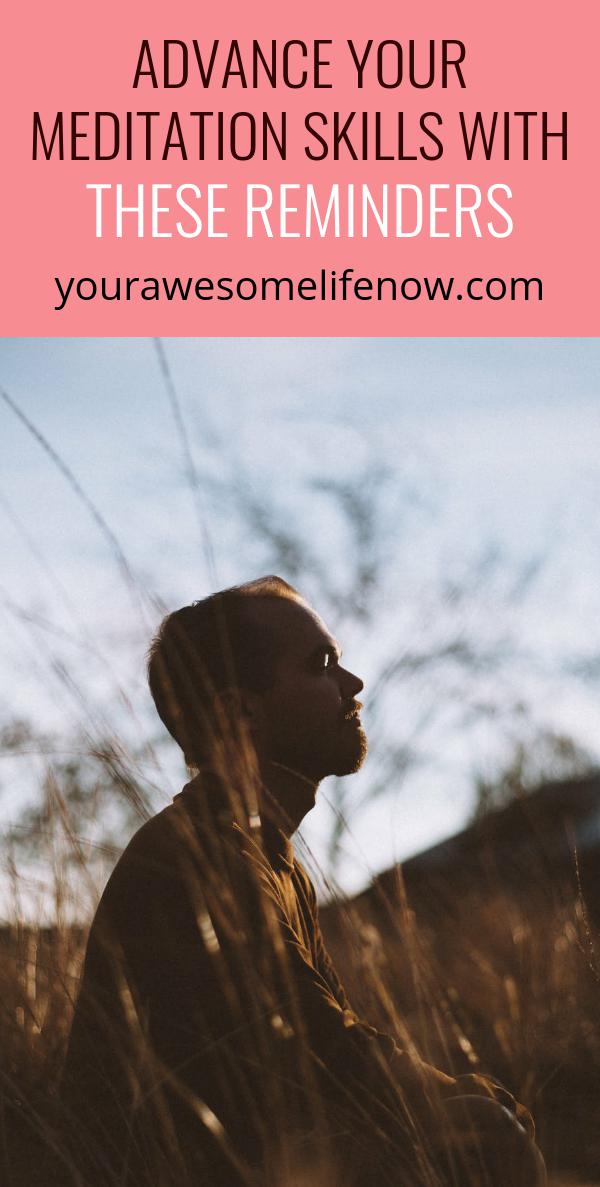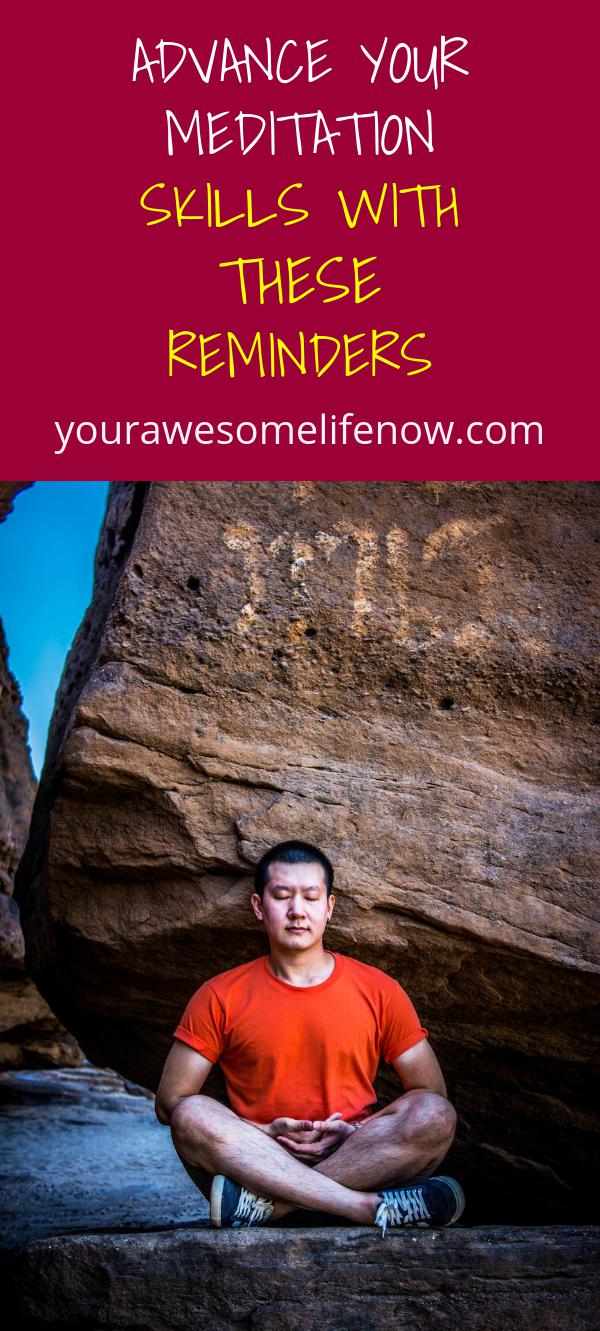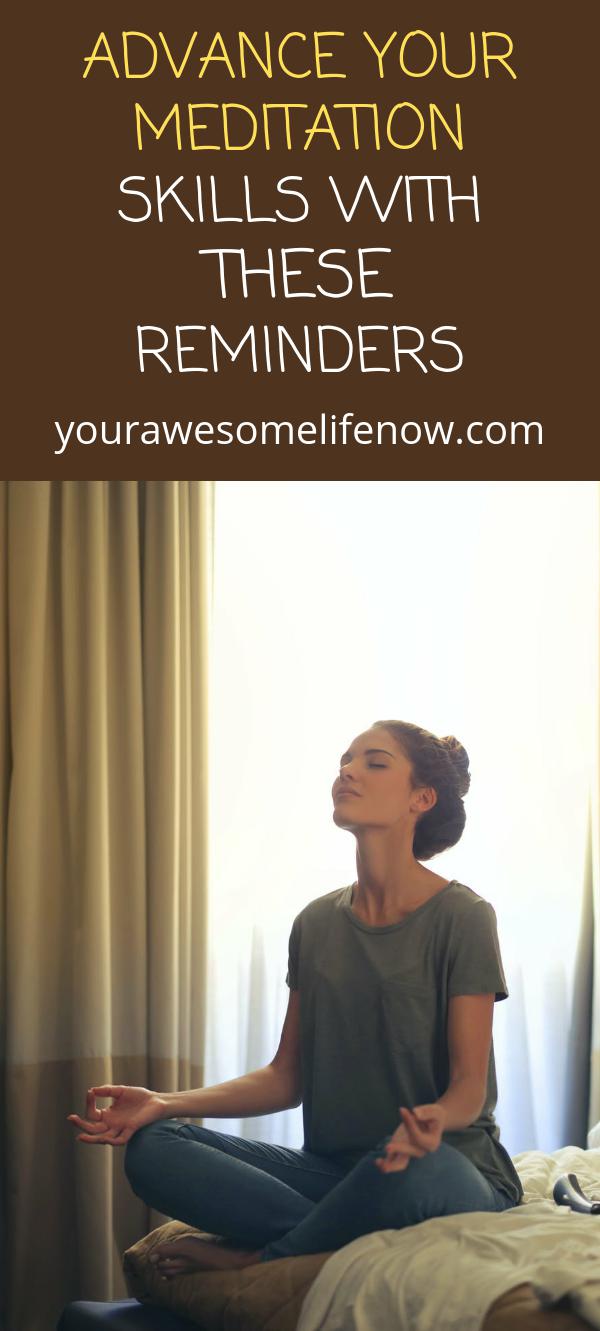Meditation is a process of calming and focusing the mind. This has many benefits, particularly in achieving deep relaxation and a sense of well-being. The most effective way to achieve meditation is through guided imagery. There are several different forms of guided imagery and these forms have their own benefits and use.
The following guided imagery is designed to help individuals to practice meditation without having to meditate. Meditation requires an inner focus and to obtain this the guidance system helps individuals become aware of their own consciousness. This enables them to focus on the state of mind and energy within their own body.

Visualization is a way of enhancing everyday life and meditation should be an integral part of a person’s daily routine. With the help of guided imagery, a person can transform their physical health and mental energy.
Dreams: The heart of meditation is the exploration of one’s consciousness. The ancient Yogis took this exploration to the most subtle levels possible by experimenting with symbols and visualization. A number of yogis such as Bhagavan Das – the Yogi – practiced self-hypnosis, using the principles of Mantra, Tantra, and other yogic techniques. Using images found in the Mandukya Upanishad – the oldest text in Hindu tradition, they taught that the self is a series of images, each of which comes to exist to facilitate a higher awareness.
Dreams provide us with insight into our psychological and emotional states of being and sometimes the mental energies can come to exist in their most profound state. The Yogis called this ‘the deep dream’. The Yogi could visit the dream state using visualization techniques.
By using several of the above-guided imagery techniques you can explore the power of your mind and all that it holds within it. Once you have learned how to remain calm and focused on the present moment you will find that meditating is easier and more comfortable. The practice of visualization is also the key to attaining deep relaxation.
Developing a habit of meditation can be difficult for some people. The best thing to do is to familiarize yourself with the various methods of visualization. Start out with a simple one and gradually increase the complexity as you get used to the environment and techniques. You may want to use the mental images to help focus on your breathing or meditation.
Each technique takes time and practice to develop. Start slow and progress at your own pace and don’t force anything into place that is not comfortable or match your current level of consciousness.
During meditation, one should remain in a contemplative state for as long as they are able. The mind should remain quiet, comfortable, and relaxed. You can also use the imagery to enhance your meditation.

For example, if you want to relax your muscles in your shoulders and back then imagine pulling them into a relaxed position and focus on your breathing as you feel them relax. At the same time use the imagery to let your body relax and stretch.
Each time you gain new knowledge about yourself, your mind, and the environment around you. You will be able to take control of the process and enjoy the benefits of meditation in your daily life. Try out one of the techniques below and you will be well on your way to a better mind, body, and spirit.





